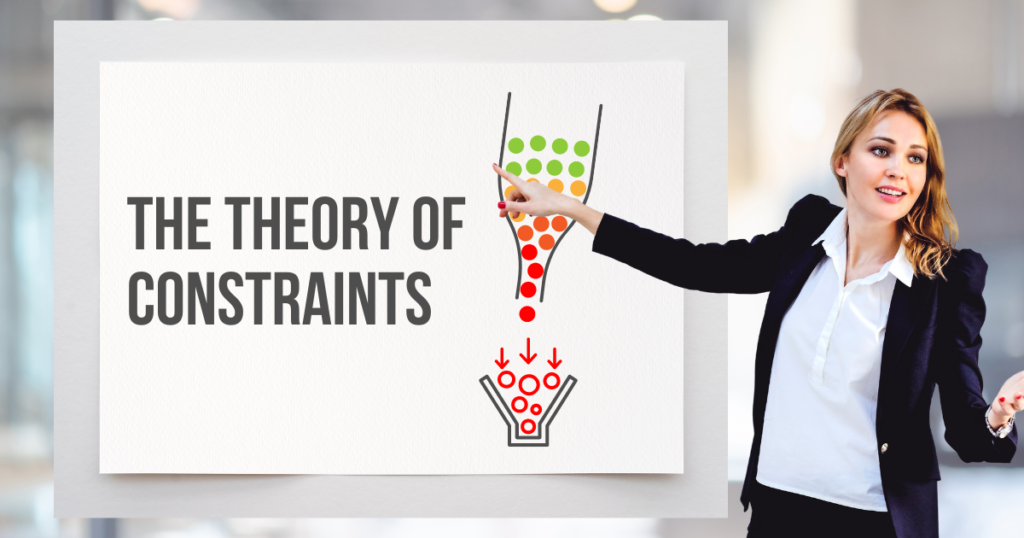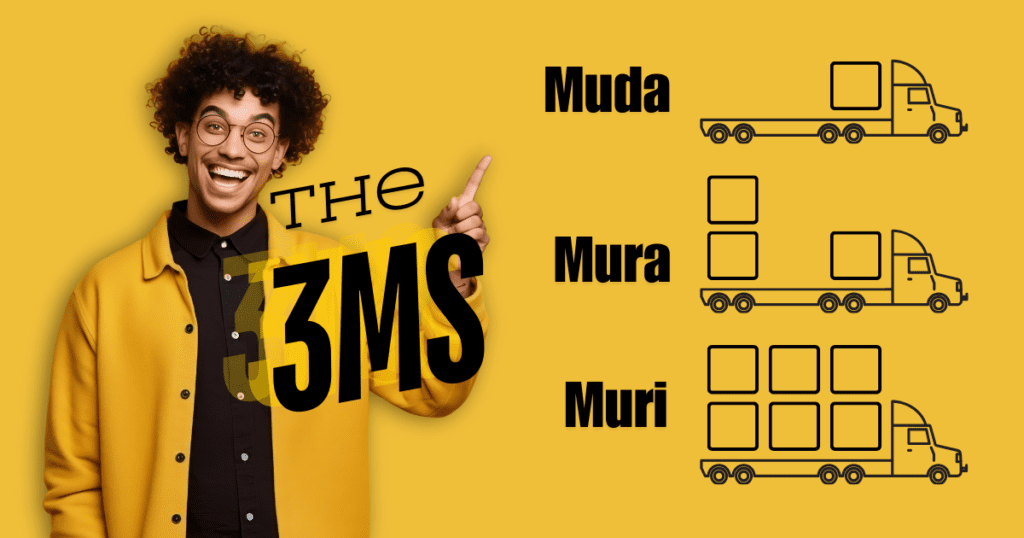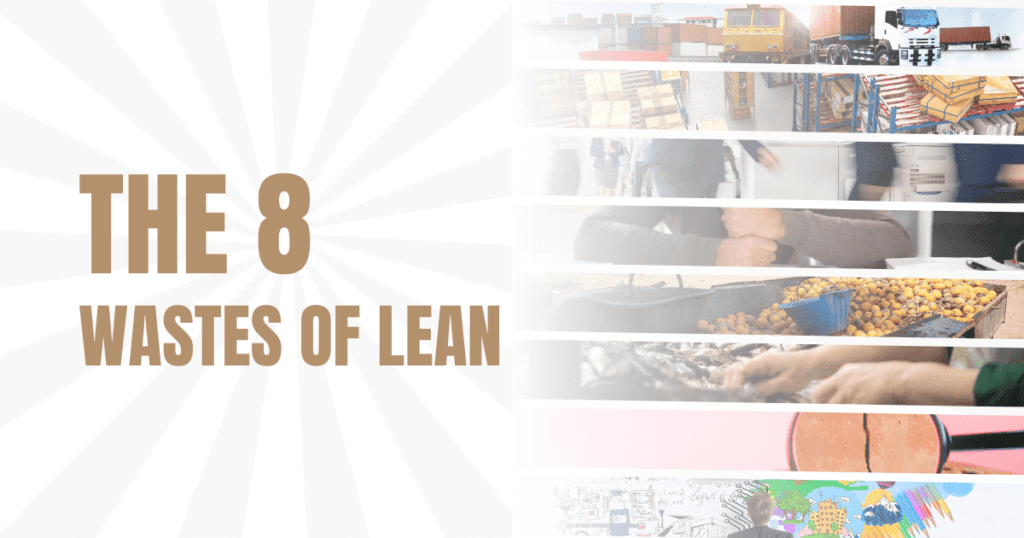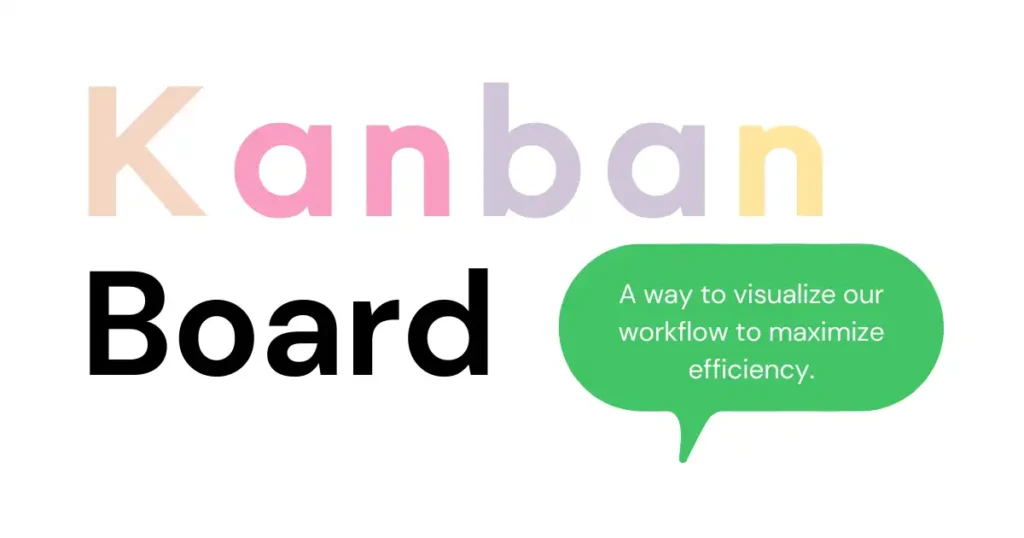Table of Contents
Why This Isn’t Another “Versus” Post
Let’s get this out of the way: Agile and Lean are not enemies. But most blog posts still treat them like they’re in a boxing match.
That’s lazy thinking.
Yes, they’re different. Agile is about adapting fast. Lean is about cutting waste. But that doesn’t mean you have to pick one and ignore the other. In fact, the best-performing teams today are blending both.
This isn’t a “which one is better” post. This is a “how they fit together” post.
You’ll learn where each shines, how they overlap, and why combining them could be the smartest move your team makes this year.
No fluff. Just facts, examples, and how-tos. Let’s go.
Origins – Where They Come From Shapes How They Think
Lean started in the factories of Toyota in post-WWII Japan. Resources were limited, so waste wasn’t an option. Engineers like Taiichi Ohno developed the Toyota Production System, which focused on cutting anything that didn’t add value—extra materials, delays, overproduction. The goal was simple: deliver more with less.
That’s Lean. Precision, efficiency, and flow.
Agile, on the other hand, was born in the messy, fast-moving world of software development in the 1990s. Traditional project methods like Waterfall were too slow and rigid. Developers were building software that no longer matched user needs by the time it launched.
In 2001, 17 software leaders wrote the Agile Manifesto, which emphasized people, feedback, and working software over heavy planning and documentation.
That’s Agile. Speed, flexibility, and constant change.
🕒 Then vs. Now: Quick Timeline Snapshot
| Year | Lean Origin | Agile Origin |
|---|---|---|
| 1940s | Toyota Production System begins | — |
| 1988 | Lean Thinking principles spread beyond Japan | — |
| 1990s | Lean enters software, healthcare, startups | Developers grow frustrated with Waterfall |
| 2001 | — | Agile Manifesto created in Utah |
| 2010s+ | Lean + Agile combine in many industries | Agile scales into marketing, HR, and beyond |
Lean was built to remove waste in stable systems. Agile was built to manage change in chaotic systems. Different roots, but both aim for the same goal: delivering value, fast and smart.
Philosophies in Plain English
Let’s simplify.
Lean’s mindset: “Do the right thing, once, with no junk in the trunk.”
It’s all about doing only what’s needed, doing it right the first time, and cutting out the clutter.
Think of Lean like a master chef in a spotless kitchen. Every ingredient is prepped. Every tool is in place. Nothing is wasted. No extra steps. Just smooth, repeatable flow.
Agile’s mindset: “Ship something now, fix it with feedback.”
It’s about speed, learning fast, and adapting quickly when things change (because they always do).
Agile is more like a food truck chef trying out a new recipe. They cook, serve, get feedback from customers, tweak the dish, and go again. No time to overthink. It’s test, learn, repeat.
Lean wants to perfect the process.
Agile wants to perfect the product.
Lean minimizes waste.
Agile minimizes delay.
Both aim to deliver value—but they take different routes to get there.
Core Principles — Side-by-Side Snap
Here’s where Lean and Agile start to sound similar but act differently. Both want to deliver value and get better over time—but they go about it in their own ways.
| Principle | Lean | Agile |
|---|---|---|
| Value | Define it, then trim the fat 🔹 Example: A manufacturing team maps out every step in their process. If it doesn’t add value for the customer (like double-checking something that was already checked), it’s cut. | Deliver it fast, refine with feedback 🔹 Example: A software team ships a beta version quickly. Users report bugs and ask for new features, so the team adjusts in the next sprint. |
| Flow | Smooth, steady, optimized 🔹 Example: A healthcare team uses a standardized patient intake process to avoid bottlenecks and ensure everyone is seen on time. | Iterative, incremental, responsive 🔹 Example: A marketing team runs small weekly campaigns, tracks results, and improves copy or visuals based on engagement stats. |
| Team Focus | Systems thinking, empower through structure 🔹 Example: A warehouse team follows a structured workflow with clearly defined roles—but everyone is trained to spot problems and suggest improvements. | Autonomy, creativity, trust 🔹 Example: A product team works with no micro-management. Developers, designers, and testers collaborate daily and make quick decisions together. |
| Improvement | Kaizen: small, constant changes 🔹 Example: A logistics team holds weekly meetings to tweak packaging or routing based on delivery data. | Retrospectives: regular recalibration 🔹 Example: After every sprint, an Agile team runs a retro to ask: What worked? What didn’t? How do we improve next time? |
Lean is about stability with steady improvement. Agile is about flexibility with fast feedback. Different mechanics—same goal: better, faster value.
When Each Shines
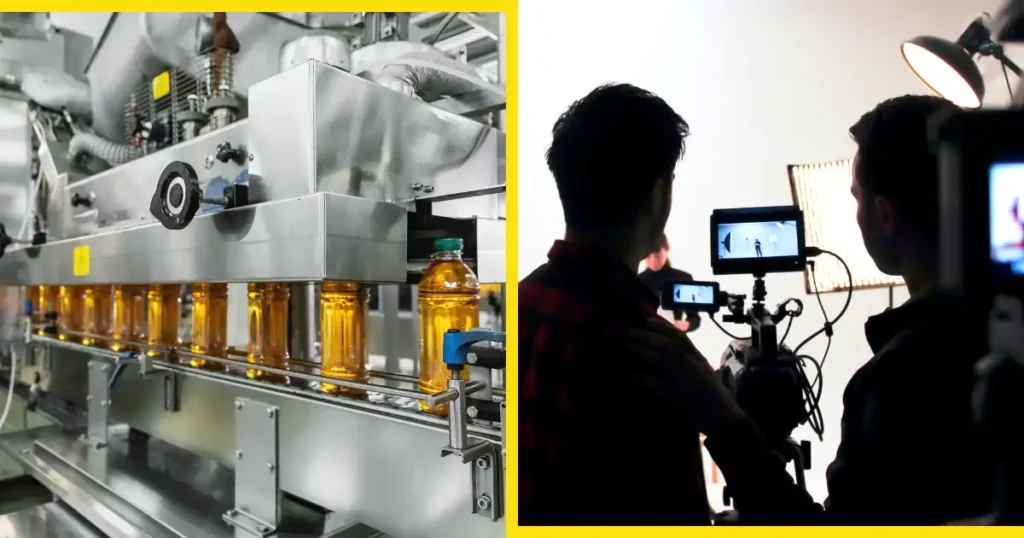
Agile and Lean both solve problems—but they shine in different environments.
Lean thrives when work is predictable and repeatable. It’s built for systems that run daily—factories, logistics, support ops. If your goal is long-term efficiency and cutting waste, Lean is your best friend.
🔸 Example: A car manufacturer wants to reduce production time and material costs. Lean helps them streamline every step and eliminate unnecessary tasks.
Agile works best in uncertain, fast-changing situations—like software, product development, marketing, or startups. When things shift often and you need to learn fast, Agile gives you the speed and feedback loops to keep up.
🔸 Example: A mobile app team builds a new feature, releases a test version, gathers feedback, and improves it in the next sprint. Fast input, fast improvement.
🧭 Lean? Agile? Or Both?
(Use this as a visual decision guide)
Decision Tree:
- Is your work mostly repeatable and predictable?
✅ Yes → Go Lean
❌ No → Keep going - Does your work require creativity and frequent changes?
✅ Yes → Go Agile
❌ No → Keep going - Do you need both stability and adaptability?
✅ Yes → Combine Lean + Agile
(Example: Use Lean to streamline your process + Agile to innovate fast within it)
You don’t need to choose one. Many successful teams use Lean for process and Agile for product. It’s not either/or—it’s about picking the right tool for the job.
Best of Both Worlds – The Hybrid Sweet Spot
Agile and Lean aren’t oil and water. In the real world, smart teams mix both to get the best of each.
🔧 How Lean tools boost Agile teams
Agile is fast, but speed without direction = chaos. That’s where Lean comes in.
Lean tools like value stream mapping, root cause analysis, and 5S help Agile teams:
- See the full process, not just sprint-to-sprint tasks
- Spot delays, handoff issues, and bottlenecks
- Focus on delivering value, not just features
🔹 Example: A product team uses value stream mapping to find where work gets stuck between design and QA. They simplify the handoff—and cut delivery time by 20%.
🔁 How Agile ceremonies energize Lean environments
Lean can become rigid if it’s all structure and no feedback. Agile fixes that.
Agile rituals like daily standups, sprint planning, and retrospectives give Lean teams:
- Fast feedback loops
- Higher engagement
- A culture of continuous improvement
🔹 Example: A customer support center uses Lean to manage workflows—but adds daily standups to flag issues early. The result? Faster resolutions and fewer repeat problems.
🏢 Real-World Mashups: Big Orgs Doing Both
- A mining company used Lean to optimize operations, then added Agile-style sprints for cross-functional “fuel and energy” teams. Outcome? $10M in savings within months.
- A bank’s contact center redesigned its customer journey with Lean mapping, then set up Agile squads to manage requests end-to-end. Resolution time dropped 90%. Customer satisfaction jumped 30%.
You don’t have to choose between structure (Lean) and speed (Agile). Combine them. Lean gives you the system. Agile keeps it moving. Together, they create a team that’s both smart and fast.
Common Myths, Busted
Let’s clear the air. There’s a lot of noise out there about Lean and Agile. Here are the top myths—and the reality behind them.
Myth #1: “Lean is for factories.”
False. Lean works anywhere waste shows up—and waste is everywhere.
🔹 Example: A hospital uses Lean to streamline patient check-ins, reducing wait times by 40%. No assembly lines in sight.
Myth #2: “Agile is chaotic.”
Nope. Agile is flexible, not messy. It runs on clear roles, structured sprints, and constant feedback.
🔹 Example: A marketing team follows Agile to launch weekly campaigns. Every Monday: sprint planning. Every Friday: review. Less stress, more results.
Myth #3: “You have to pick one.”
Definitely not. Agile and Lean aren’t rivals—they’re teammates.
🔹 Example: A telecom company uses Lean to cut billing errors and Agile to speed up feature releases. The combo boosted both efficiency and innovation.
These aren’t buzzwords. They’re practical tools. When you strip away the hype, Lean and Agile just help teams work smarter—and better together.
Applying This to Your Team (Without the Jargon)
Let’s make it simple. No buzzwords. No theory. Just a quick gut check to help you decide what your team actually needs.
✅ Quick Checklist:
- Do we need speed or precision right now?
Speed = lean toward Agile.
Precision = lean toward Lean. - Is our work repeatable or unpredictable?
Repeatable = Lean helps optimize it.
Unpredictable = Agile helps adapt to it. - Where are we wasting the most?
🕒 Time → You need better flow.
💪 Effort → You need clearer priorities.
🔁 Feedback loop → You need faster iteration.
🛠 Action Step: Run a Retro Next Week
Block 30 minutes with your team. Ask these 3 questions:
- What’s slowing us down?
- Are we doing things just because “that’s how we’ve always done it”?
- What’s one Lean or Agile habit we could try for 2 weeks?
Keep it real. Keep it small. Then adjust based on what works.
Remember, you don’t have to go full Agile or full Lean overnight. Start with what fits. Test it. Improve. Repeat. That’s the mindset both methods are built on.
Closing: Build Your Own Remix
Here’s the truth: Agile and Lean aren’t competing frameworks. They’re tools. And the best teams don’t pick one—they remix both to fit their work, culture, and goals.
Use Lean to sharpen your process. Use Agile to stay fast and flexible. Mix them. Adapt them. Drop what doesn’t work. Double down on what does.
Because there’s no perfect playbook—just progress.


